Power management is a feature of computing devices that grants users control of the amount of electrical power consumed by devices.
Managing the usage of the power of computers allows switching between numerous power modes with minimizing the performance effects. The set of power utilization characteristics is based on device performance.
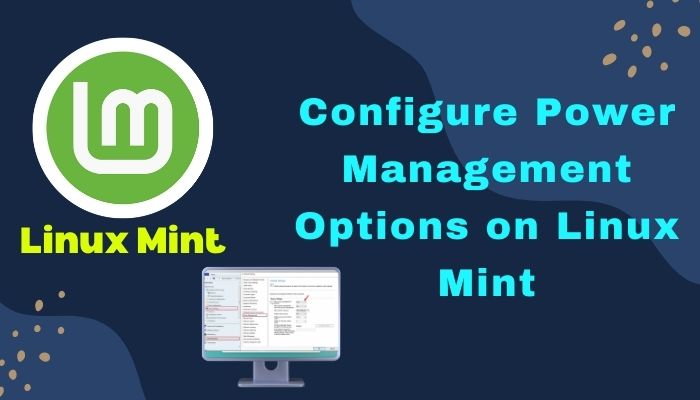
If you want to reduce the waste of your battery power and optimize your Linux Mint performance, this article will help you configure power management options.
Sit tight and read till the end. I hope you will understand how to optimize your power management on your Linux Mint device.
Okay, let’s get started.
Follow our guide on Boot to Safe Mode in Windows 11.
How to Configure Power Management Options on Linux Mint
Configuring power management is useful to control the unnecessary power usage of your laptop or desktop device. It helps to reduce the waste of battery power that gives more uptime on your laptop.
Saving unnecessary power whenever the device doesn’t need help saves more energy. If you can save energy, you can save more money.
In Linux Mint, you can configure your power management options using the default power management tool. This option is adequate to configure power management on Linux Mint.
So, let’s see how the method works.
Have some time to spare? Check out our latest fix for Bluetooth Toggle Missing On Windows 11.
Here is a way to configure the power management options in Linux Mint:
Use Power Management Tool
Power management is one of the fantastic tools already installed on your Linux Mint environment.
Default Power Management tool helps you to configure and optimize your power Management. Using this excellent feature, you can easily configure your power setting and save your power.
Here are some steps to configure the power management options:
- Press the Super (Window) key.
- Type Power Management into the search bar and click on the search result to open it.
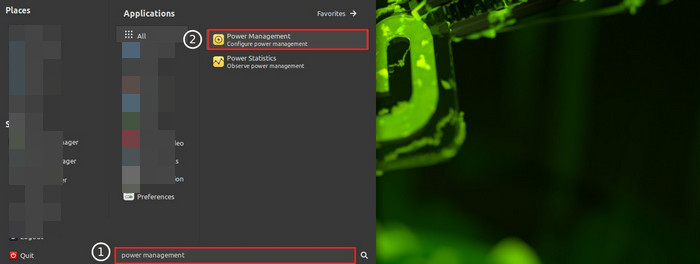
- Go to the On Ac Power tab in the Power Management preferences.
- Select Never from the Put computer to sleep when inactive for the dropdown menu.
- Select Suspend from the when laptop lib is closed dropdown menu.
- Look for Display in the pop-up window.
- Configure your Brightness as you want.
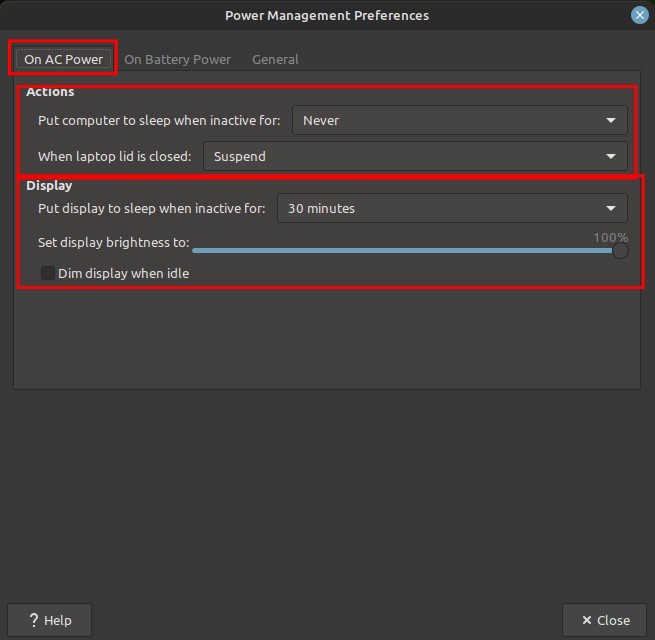
If you want to save your laptop battery life by using a power management tool, you need to follow some steps precisely.
But, before that, do check our latest post on the Show Folder Size in Windows 11.
Here are some steps to manage your battery power:
- Press the Super (Window) key.
- Type Power Management into the search bar and hit the Enter key to open it.

- Go to the On Battery power tab.
- Select Never from the put computer to sleep when inactive for the dropdown menu.
- Select Suspend from the when laptop lib is closed dropdown menu.
- Choose the Do nothing option when battery power is a critically low dropdown menu.
- Select time from the put display to sleep when inactive for the dropdown button.
- Select all existing options and close the window.
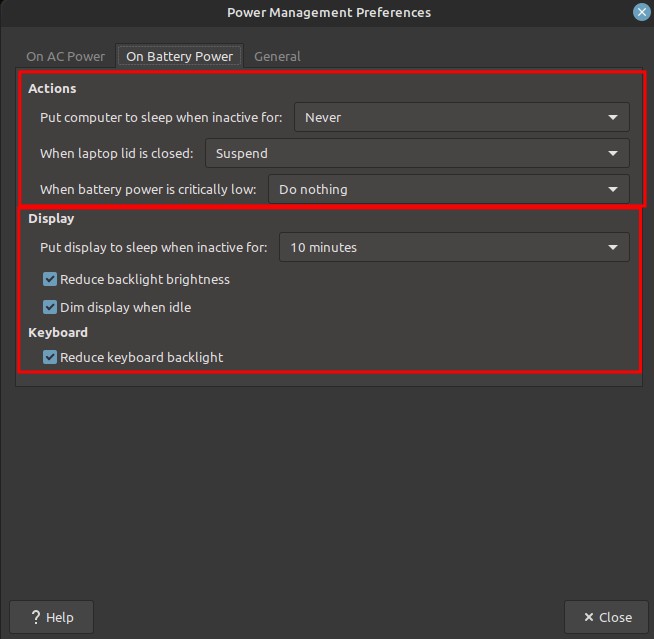
If you want to manage your power management options from the general settings, follow the steps below.
Check out our expert-recommended post on how to Fix Blue Screen on Windows 11.
Here are some steps to manage your power management options from the general settings:
- Press the Super (Window) key.
- Type Power Management into the search bar and hit the Enter key to open it.

- Go to the General tab.
- Select Suspend from the when the power button is pressed dropdown menu.
- Select Suspend from the when the suspend button is pressed for the dropdown menu.
- Look for the Notification Area in the pop window and choose any suitable option.
- Close your application and reboot your system.
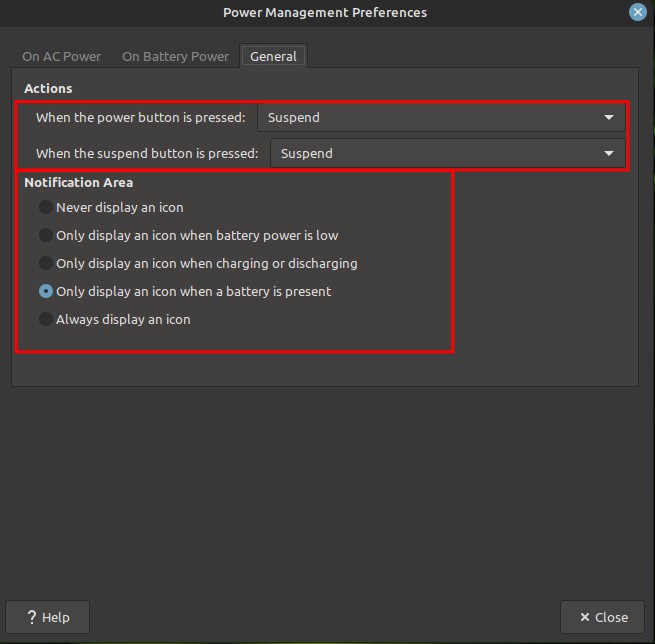
So, the superfetch service is using a lot of CPU? Check out Fix Volume Mixer Not Working On Windows 11.
How to Configure Power Management with TLP in Linux Mint
Is not it disturbing when your laptop battery consumes more power on Linux, and you can not manage your power management?
Well, Don’t worry. An application called TLP will help you to configure your power management. First, you need to install the TLP application on your Linux Mint to configure your power management. Follow the steps below to install TLP on your Linux Mint.
Here are some steps to install the TLP command line application in Linux Mint:
- Open your RootTerminal by pressing Alt+Ctrl+T or the Linux Start Menu and searching for Terminal.
- Add TLP repository by entering this command :
- sudo add-apt-repository ppa:linrunner/tlp.
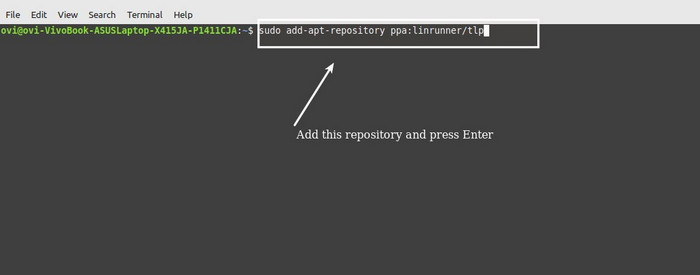
- Enter your root password and press the Enter key.
- Enter the following command to install the TLP application:
- sudo apt install tlp tlp-install-y.
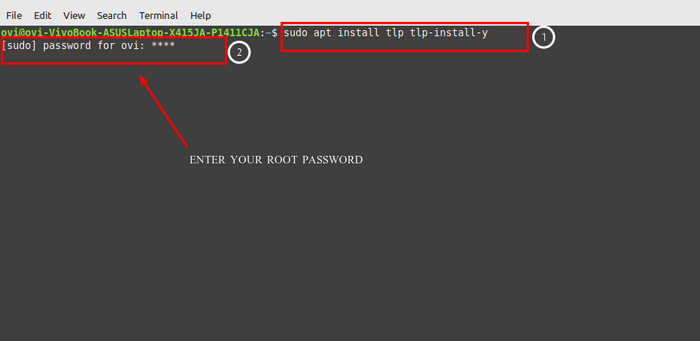
- Lunch TLP application on your system by entering this command:
- sudo tlp start
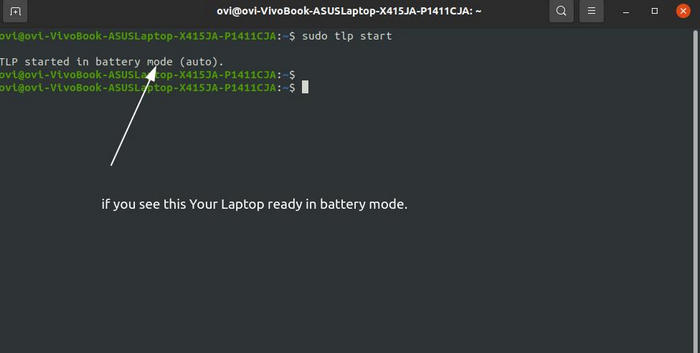
Check out my new post on dTPM or PTT Which One is Windows 11 Compatible.
Here are some steps to install TLP in Linux Mint:
- Open your Root Terminal by pressing Alt+Ctrl+T or the Linux Start Menu and searching for Terminal.
- Enter the following command to add your TLP Ui repository:
- sudo add-apt-repository ppa:linuxuprising/apps
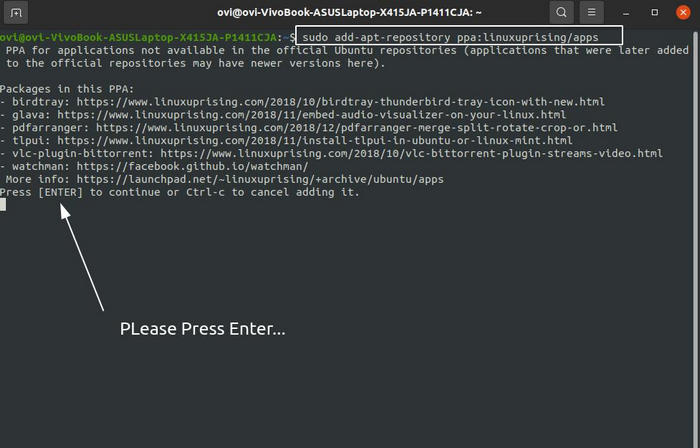
- Enter the following command after completing the first one:
- sudo apt-get update
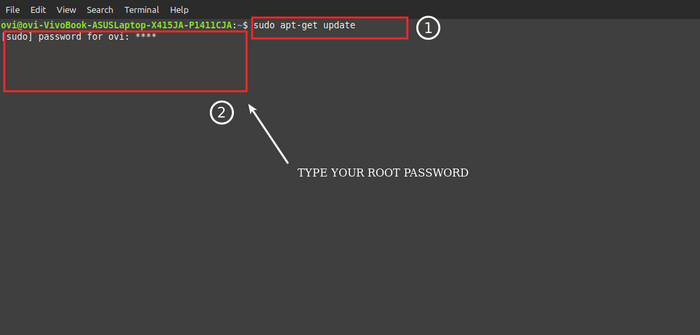
- Install tlpui by running this command:
- sudo apt-get install tlpui
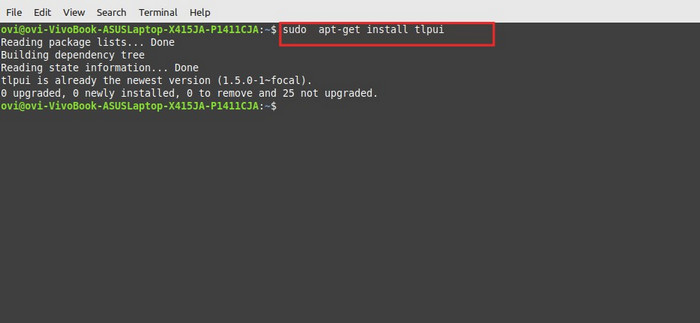
- Execute sudo tlpui the command to run your application:
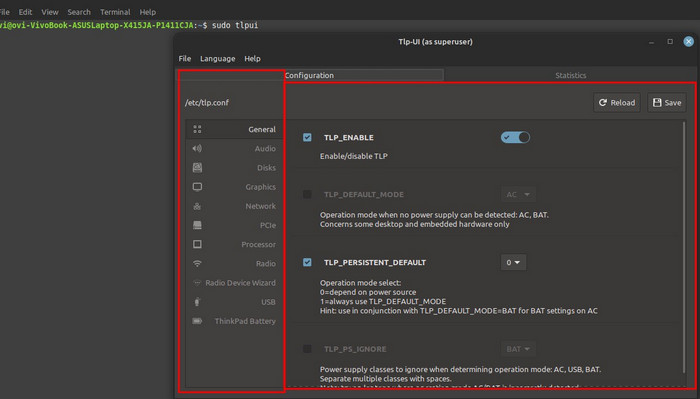
Final Thoughts
Configuring power management is an excellent idea to save energy. The default power management tool is best to configure your power management options.
In Linux Mint, you can configure your power management, level up your laptop battery life, or save more energy using the TLP tool. To configure your power management, you need to install the power management tool called TLP.
Oka, that’s all for now. If you have any feedback or questions, please let me know.
Have a good day.




